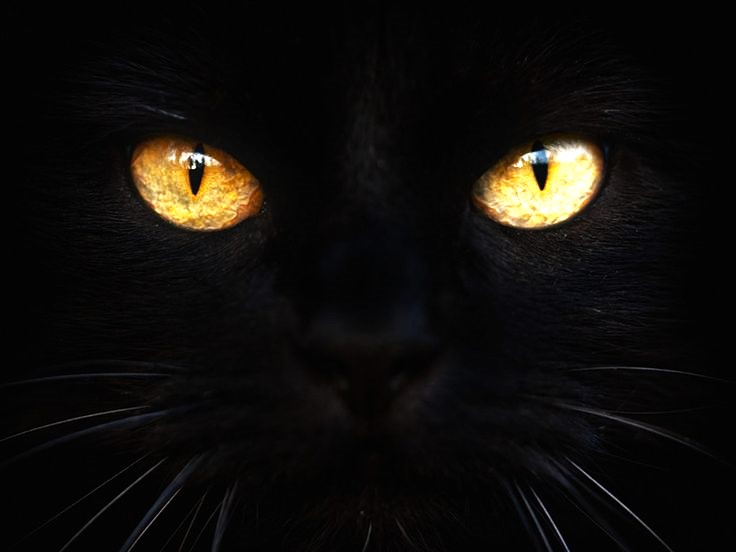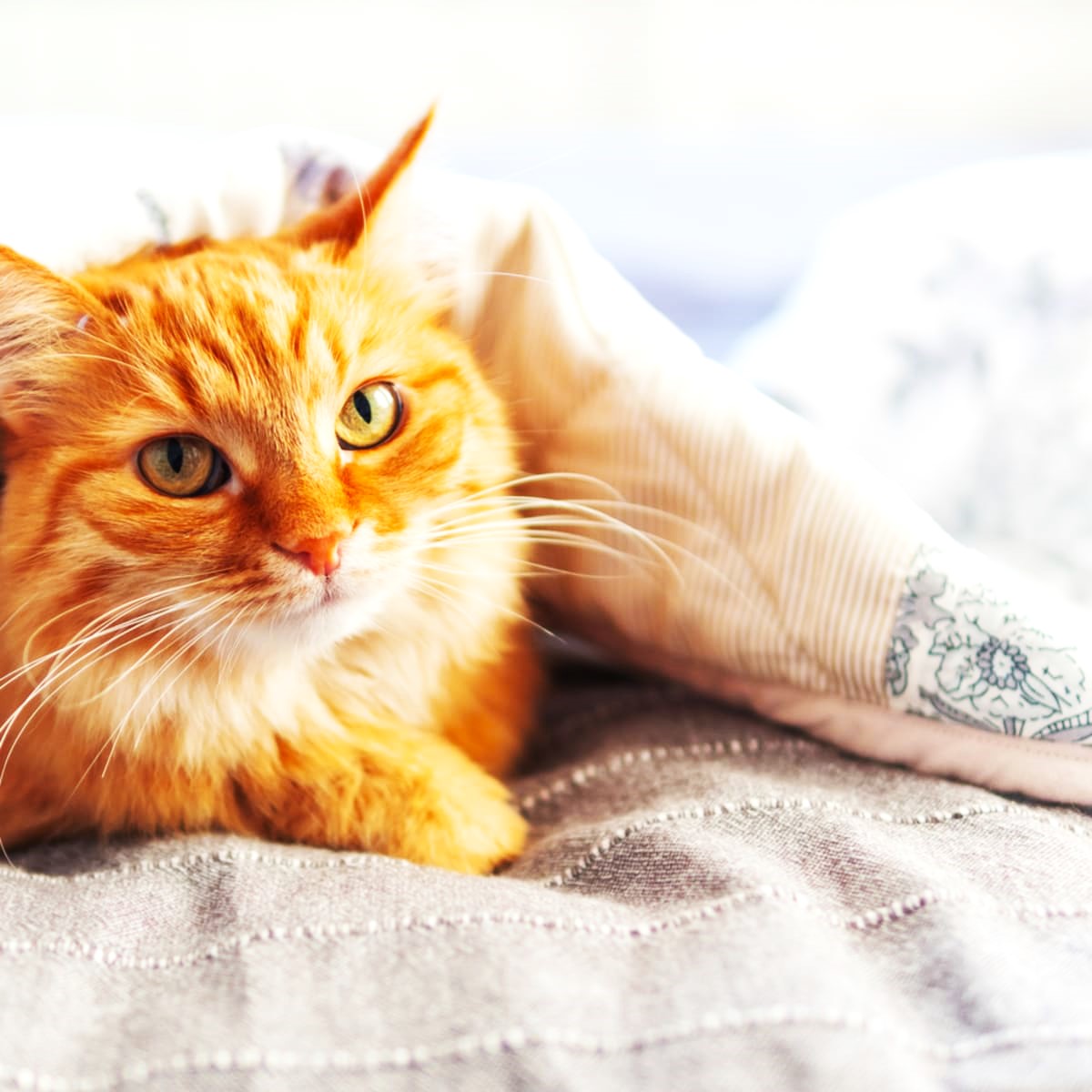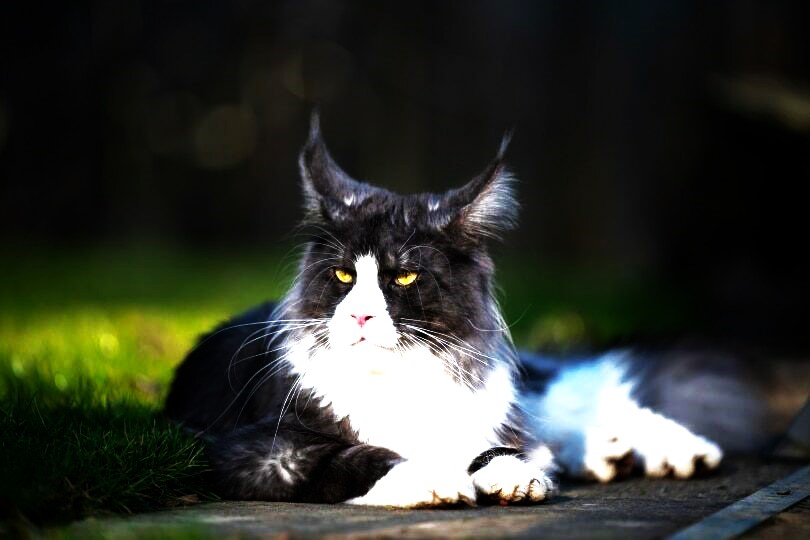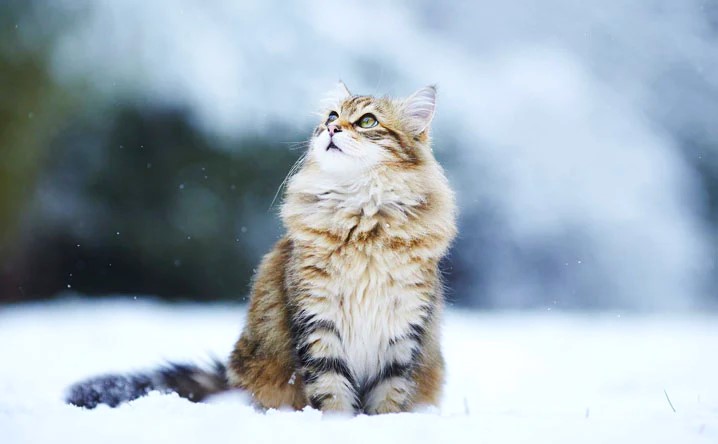You can learn a lot by observing your cat closely, just like you would with a human. Normally, a cat’s pupils should be the same size.
A shift in one eye’s pupil size can be a sign of several different conditions, from minor to major. Among them are:
- ocular inflammation
- A neurological condition known as Horner’s syndrome
- FeLV (may result in spasms in the pupils)
- Growths
- damage to the central nervous system
The so-called “Third Eyelid”
The nictitating membrane, which covers the inner third eyelid of cats, shields the eyes from injury and/or dryness. A cat’s third eyelid will partially close over its eyes when it is ill. This is a warning to take him right away to the veterinarian. Interestingly enough, that nictating membrane is also visible in a very content cat.
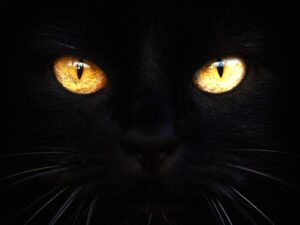
Dark Eyes
“Like many other physical characteristics of the cat, his moods are reflected by his eyes,” according to the owner of “What Makes Cats Work.” The telltale sign of an angry cat is a change in pupil size; a cat that is excited or afraid will have large pupils and wide open eyes. Sometimes the eyes of a content, laid-back cat seem a little darker than usual. This one is just an observation, so I’m at a loss for words.”
Conditions and Illnesses of the Eye
Many of the same conditions that we occasionally get can also affect cats, such as glaucoma, cataracts, and pinkeye conjunctivitis. The latter may be spread to people if the chlamydia bacteria is the cause.
Cats’ eyes are so vital to their overall health that you should take them to the vet as soon as you notice any problems. If detected early enough, many conditions are easily treatable; if ignored, however, it may result in months of veterinary expenses and possibly even blindness.
The Night Vision of Cats
Compared to humans, cats have far better nocturnal vision. They can see with only one-sixth of the illumination we require to see, even though they cannot see in complete darkness. In order to provide optimal illumination, the muscles of the iris surrounding the pupils in cats are built in a way that allows the eye to narrow to a vertical slit in bright light and to fully open in extremely dim light.
Moreover, the tapetum lucidum, a reflective layer situated behind the cat’s retina, increases the amount of light that is available by reflecting incoming light and rebounding it off the cones. The green, shiny balls you see in a cat’s eyes at night when a tiny amount of light falls on them are most likely caused by the tapetum.
Due to their nocturnal lifestyle and propensity for nighttime hunting, wild cats likely evolved these unique feline traits for survival.
Testing the Eyes of Cats to Assist Humans
In an effort to understand human vision better, a group of scientists at the University of California, Berkeley, employed cats in 2000. The group, led by Yang Dan, an assistant professor of molecular and cell biology, put electrodes into the cats’ brains while they were sedated for the contentious experiment. After that, the cats were shown pictures. They were able to capture the cats’ reactions to light and dark, and they translated the signals into pictures by applying a mathematical formula.
The team aimed to address several inquiries regarding the relationship between the eye and the brain in capturing, encoding, and reconstructing images, given the striking similarities between the eyes of cats and humans.
Cats Eye Knowledge
Cats are unable to see right under their noses. By giving your cat a treat, you can test this. He’ll have to dig a little to find it if you drop it right under his nose, but he can smell it.
Cats are not colorblind, despite popular belief. They can perceive some colors, but their color vision is not as developed as ours.
The cat’s vision is 20/100 if normal human vision is 20/20. Its vision is sharp for distant objects, but it may be hazy or blurry up close. Maybe this explains why cats sniff before they greet friends.
Most blue-eyed, white cats lack hearing. The majority of the time, a white cat with unusual eyes—one blue and the other green or gold—will be deaf in the blue eye.
The way cats “kiss” is with their eyes. Naturally, they also use a nip on the nose as a kissing gesture. Give your cat a kiss on the cheek in return to let him know how much you care. not in the nose. Simply keep staring at it while blinking slowly to observe what happens.
Additional Resources:
- https://gojitherapy.com/6-tips-to-unraveling-the-enigmatic-lives-of-cats/
- https://medium.com/@catsif/feline-fascination-unraveling-the-enigmatic-world-of-cats-529647349f68
- https://medium.com/@2058milanbomjan/cats-secret-why-do-we-humans-love-them-so-much-0971b1e3ba7e
- https://superduperpets.com/unveiling-the-mysterious-world-of-cats-unlocking-their-secrets/

